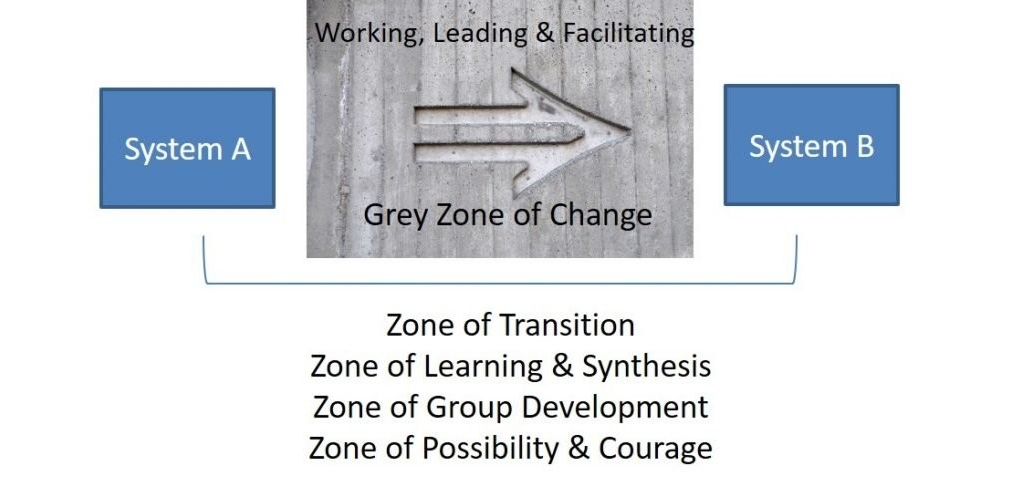Dr. Yabome Gilpin-Jackson is an award-winning scholar, Organization Development Consultant, and writer. She has 15 years’ experience across the private, public, and nonprofit sectors; Dr. Yabome Gilpin-Jackson teaches undergraduate and graduate courses in her areas of expertise. Yabome was named an Institute for Social Innovation Scholar at Fielding Graduate University, CA for her published research into the growth and development needs of war-affected people in Africa and is a contributor to the ground-breaking book: Dialogic Organization Development: The Theory and Practice of Transformational Change (Berrett-Koehler, 2015). She has also been awarded International African Woman of the Year by UK-based Women4Africa and was the first ever recipient of the US-based Organization Development Network’s Emerging Organization Development Practitioner award. She received the prestigious 2018 Harry Jerome Professional Excellence Award in Canada. In addition to peer-reviewed publications, she is author of Identities, a short story collection about global African experiences and Lead Editor of the We Will Lead Africa book series.
Website: www.SLDConsulting.org
Twitter: @supportdevelop
Linkedin: https://www.linkedin.com/in/yabome/


